I'm trying to call function when i'm pressing default Back button (e.g. < Settings) in Navigation Controller.
At other situations i'm creating custom button, after i'm Ctrl+Dragging to red Exit button in XCode and pointing it to Selection segue.
Now i need to use default back button of navigation controller, but i can't set assign it to segue action because it's no back button in Storyboard view (but it exists in Simulator).
Simulator:

XCode:

I can create custom button in navigation contoller and assign it so custom unwind segue, but that button will be ugly without "< " symbol.
I've found some answers at stackoverflow, but they all are written in Objective-C :(.